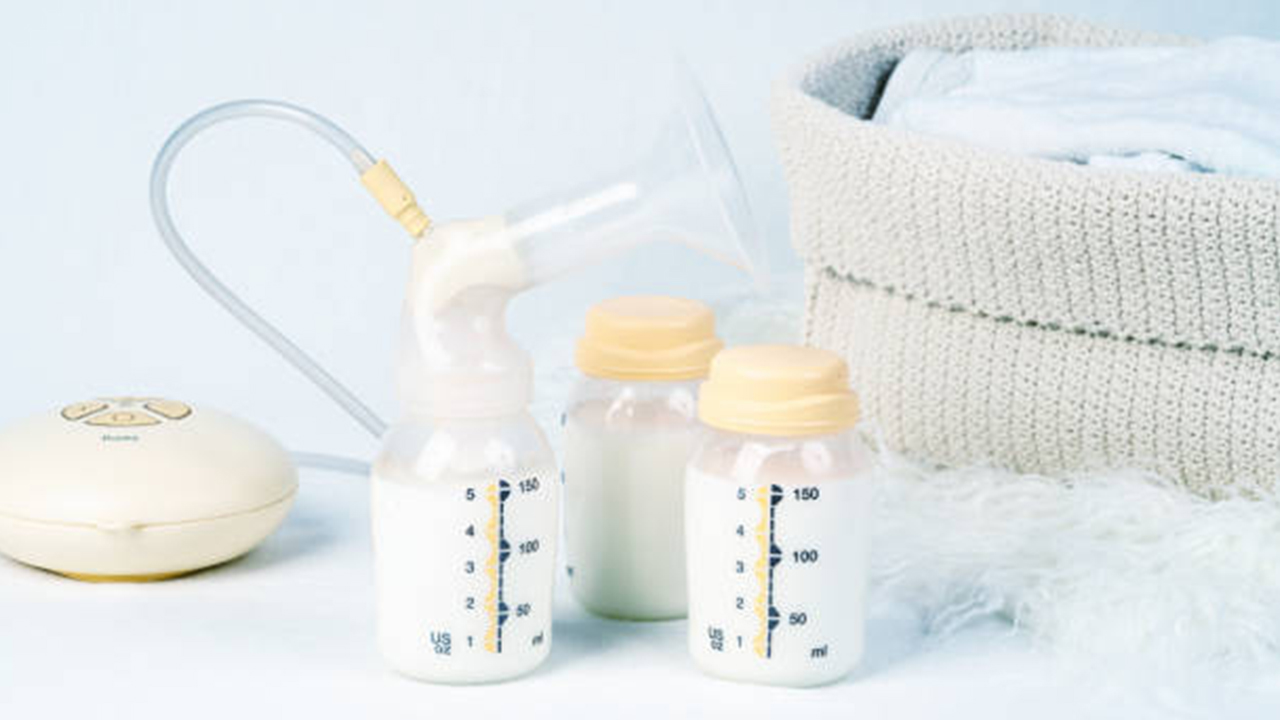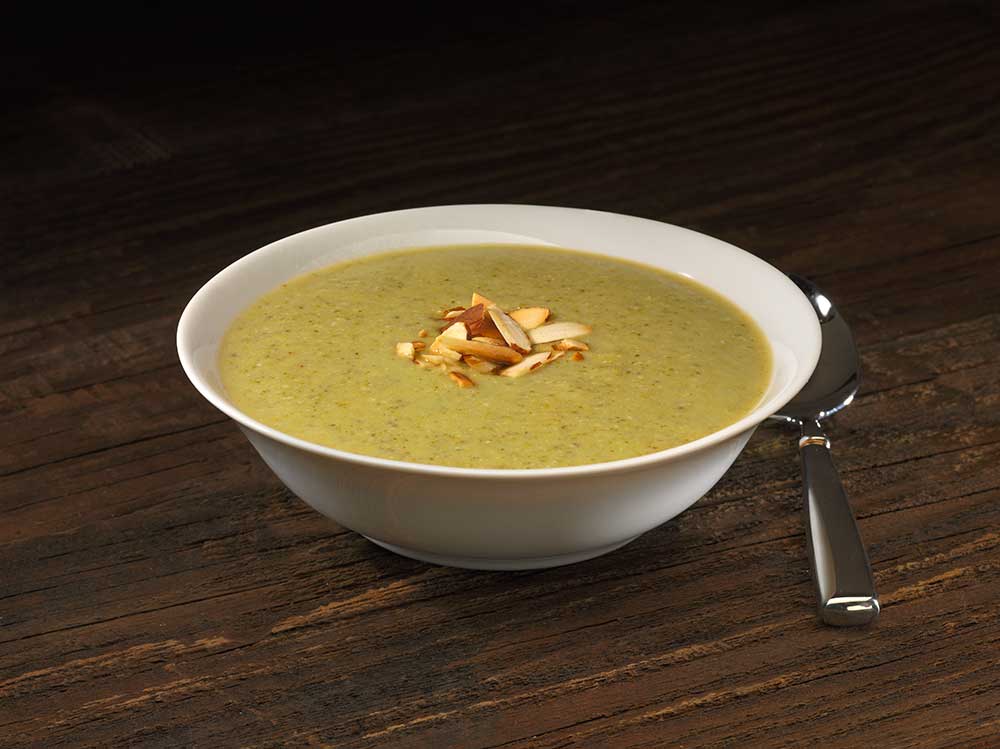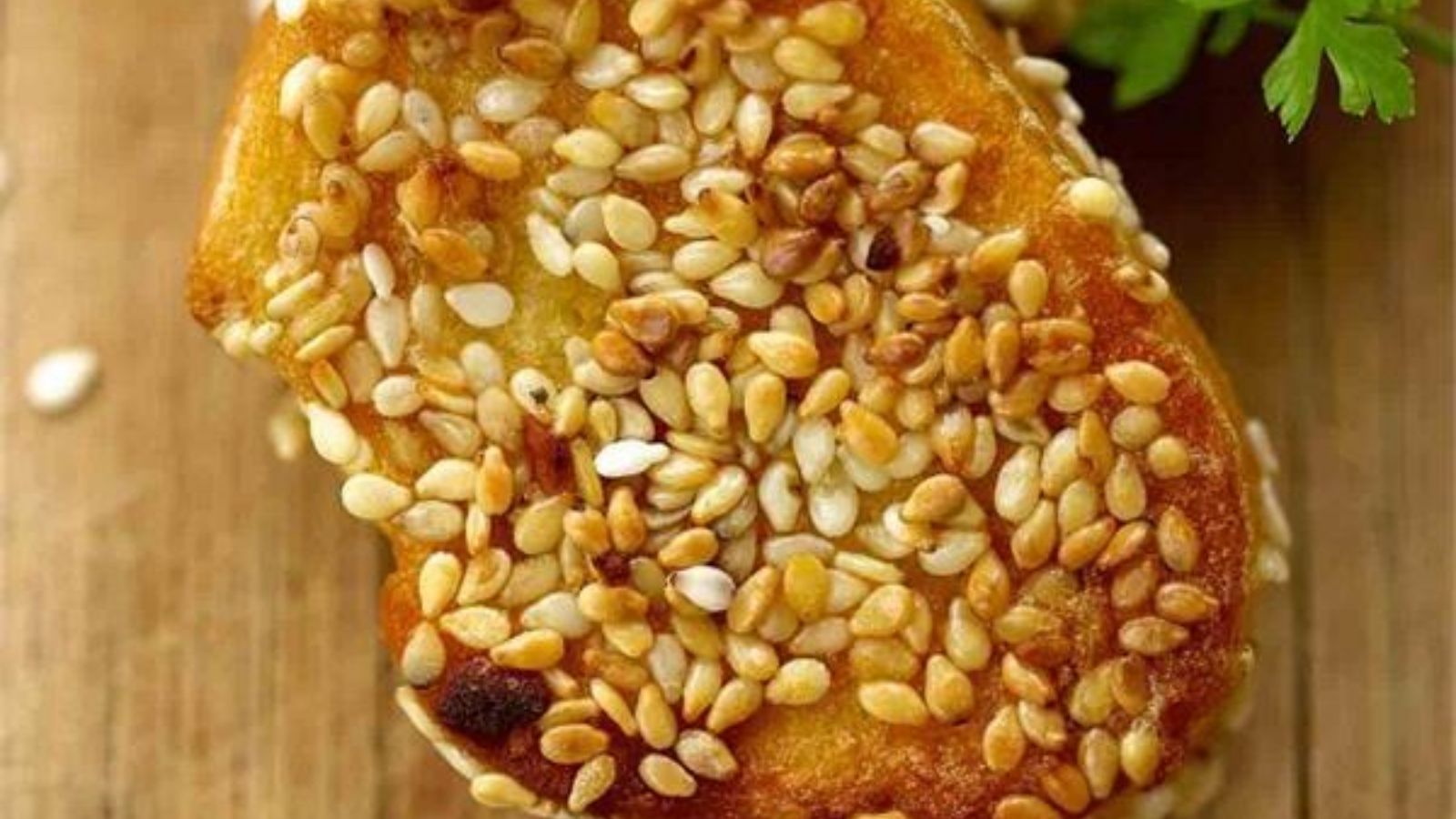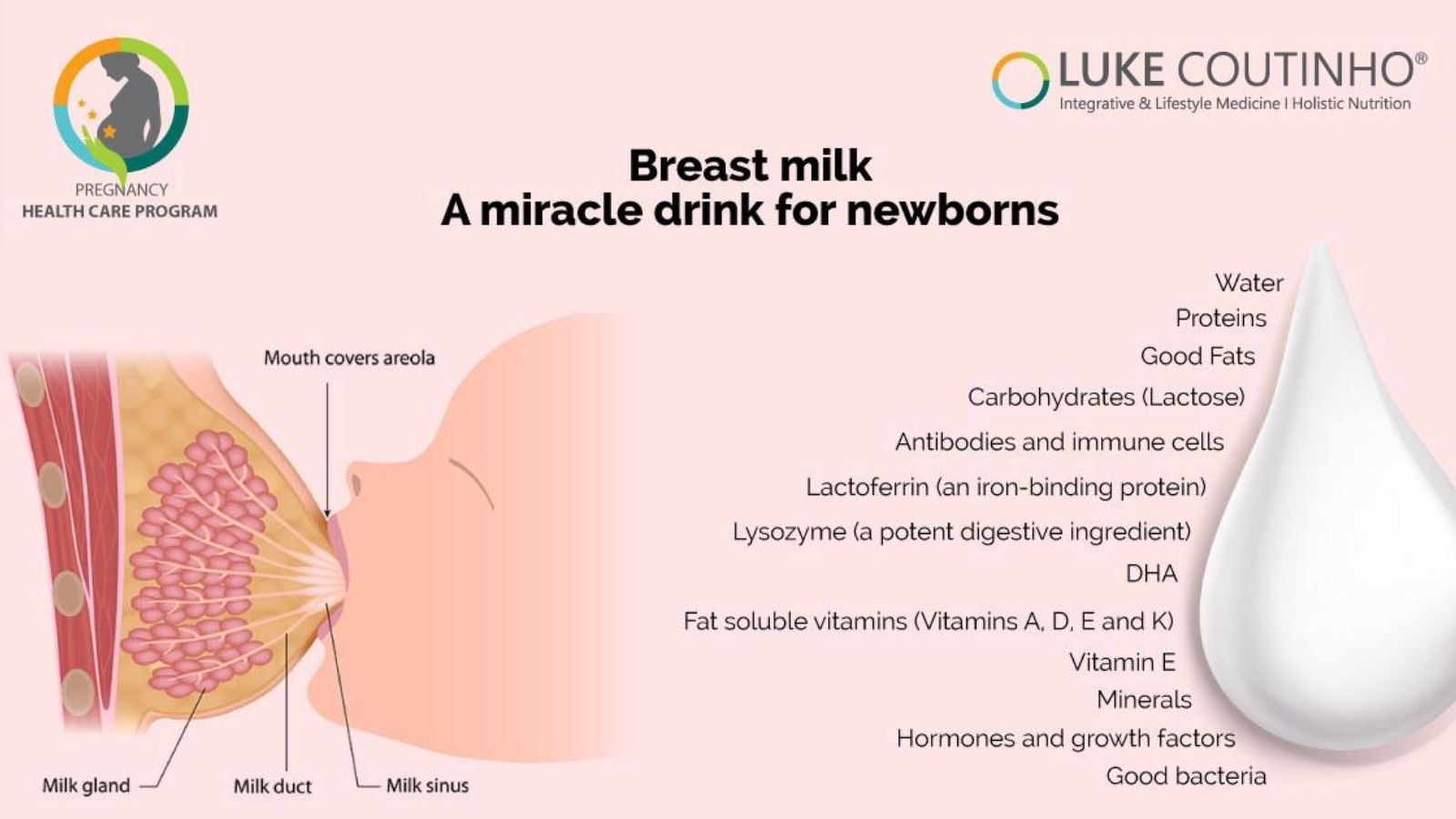Breast Pump – Your Partner in Thoughtful Nursing
 Mother’s milk is liquid gold. Image courtesy: Pixabay
Mother’s milk is liquid gold. Image courtesy: Pixabay
A mother’s milk is soul food for babies. This bountiful food from a mother’s breasts is considered the strongest feed. Every mother wants to give her baby this best feed, even while she plans to return to work, head out for an activity, or catch up on some sleep. So, every time the mother cannot be there, the breast milk still can be, thanks to an invaluable device called the breast pump. Pumping breast milk and storing can help us take advantage of the benefits of breastfeeding while also helping breastfeeding mothers get their well-deserved freedom.
Know more about the breast pump
A breast pump is a device that lactating mothers use to extract milk from their breasts. They are two types :
- Manual
- Electric
The single or double electric pumps help express breast milk faster, whereas manual breast pumps take tremendous time and effort. Manual breast pumps are best used when you wish to pump milk out only once in a while. Traditionally practiced hand expression is still an effective method to express breast milk. However, you need to learn how to do it from a skilled person.
Once you decide on your breast milk expression method, you will have to plan your breast milk pumping schedule. As every mom and baby are different, you need to plan the pumping sessions around what works best for you and your baby. If you are primarily breastfeeding, then you must give that a priority. You can express the milk using a breast pump between breastfeeding sessions, either 30-60 minutes after nursing or at least one hour before the breastfeeding schedule. It should leave plenty of milk for the baby at the next feeding. Many moms lactate the most in the morning. Hence, expressing breast milk in the morning helps them get an adequate volume of supply.
 Breast pump is a gift to nursing mothers who are struggling to breastfeed and manage other responsibilities.
Breast pump is a gift to nursing mothers who are struggling to breastfeed and manage other responsibilities.
Image courtesy: Pexels
Kickstarting the use of a breast pump
Most breast pumps work similarly to how a baby nurses at the breast. While selecting a breast pump, look into factors like the portability of the pump so that you can travel with it wherever you go. Size is another factor. Breast pumps come with different sizes of breast shields. Choose the right-sized breast shield to express the milk without causing any discomfort to your breast or nipple. If you notice any redness, blisters, or chafing on your nipple, discontinue the usage.
Set the suction strength and the speed of the breast pump as per your comfort level. You can fluctuate it during the pumping session depending on the flow of the milk. Start on a low-speed setting initially and gradually spike it up as per your capacity and requirements.
During a few of your first pumping sessions, you may not express adequate milk but be patient and regular with the usage. To get a good volume of breast milk while expressing, eat well, and stay hydrated before and after each pumping session. You can even massage the breast manually before or during the session. A hands-on pumping technique always works best.
Be clean and comfortable
Expressing the milk when you are calm and comfortable is the best because babies don’t just get milk from the breast. They receive your energy too. Usually, skin-to-skin contact with your baby is recommended before and during the pumping session so that the mother can let her feel-good hormones flow. Besides that, listening to music, meditation, visualization, and looking at pictures of your baby can help to increase your milk production.
It is equally important to take utmost care of hygiene before usage. Make sure that all the pump accessories are sterile and clean. Also, wash your hands with chemical-free and non-fragrant soap and filtered water.
Create your breast milk bank
The expressed milk needs to be preserved and stored cleanly and safely. You can use glass bottles with leak-proof lids or even breast milk freezer bags specially designed for freezing expressed breast milk. Avoid thin disposable feeding bottle liners or plastic bags for storing milk in the freezer.
There is a range of clean breast milk storage glass bottles that work as some breast pumps can be used to express directly into the bottle. To avoid wasting expressed milk, it is always a good idea to store it in small amounts and only use what you need. Always label the bottles or bags with the amount and the date of expression, so you can track and manage your stored milk and use the first-in-first-out principle. The expressed milk can be stored at room temperature, in the fridge, or in the freezer, depending on the baby’s requirements and the amount of time you may have to be away from your baby.
Storage times may vary for premature or sick babies.
Source: www.cdc.gov/breastfeeding/recommendations/handling_breastmilk.htm
Time for baby’s dine
Feed your baby on demand but also be prepared around the baby’s schedule because before you feed your baby, you will have to thaw the stored breast milk.
Avoid heating breast milk directly. It is always best to warm the milk using a double boiler method. Place the breast milk bottle or bag into a cup, jug, or bowl of lukewarm water for a few minutes and bring it to body temperature (37 °C or 99 °F). Swirl the container around in the water until the milk thaws. Alternatively, use a bottle warmer. While doing this make sure that the container is well sealed to avoid any contamination during thawing or heating.
Once the milk liquefies, transfer it onto a sterile steel or glass cup and feed the baby using a sterile spoon or milk feeding cup (bondla feeding bowl). Sometimes the thawed milk has a strong, soapy smell which may not indicate the spoilage of milk but it generally happens due to the enzyme lipase present in the milk. In case your baby rejects milk with such a smell, you may have to plan the pumping schedule in such a way where your freezing time is not too long. Never refreeze breast milk after it has thawed. You can keep it refrigerated for a couple of hours only. It is best to throw away any leftovers within one to two hours of the baby’s initial feed.
Breastfeeding does not have to be difficult. It is a gift that lasts a lifetime. After knowing about the usage of breast pumps, there is no reason why a mother cannot enjoy her much-needed freedom or why the baby should miss out on this liquid gold.
Happy Breastfeeding.
Also, check this – Lactation Laddos
Struggling with lactation? Talk to our location experts and find a way. Call us on 18001020253 or email us at info@lukecoutinho.com to know more.
|
From a pimple to cancer, our You Care Wellness Program helps you find a way Talk to our integrative team of experts today 18001020253 |











Leave a Reply